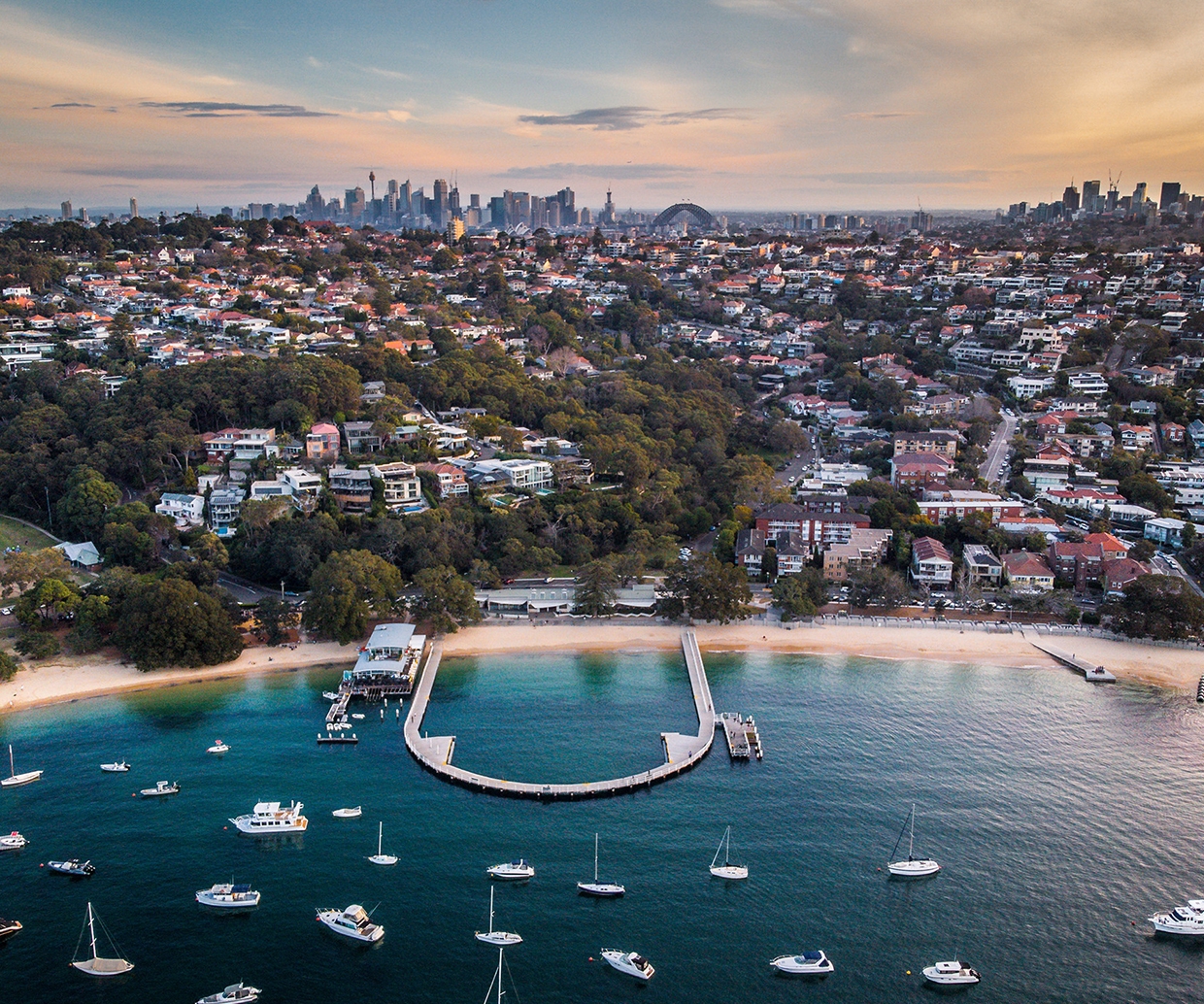Boating update
On 11 October 2021, COVID restrictions in NSW changed as the state introduces the new Public Health Order (Public Health COVID-19 General Order 2021).
11 October 2021
Advertisement
NSW Maritime appreciates that many boaters and community members have questions about the public health orders and how they relate to water-based activities.
On 11 October 2021, COVID restrictions in NSW changed as the state surpasses the 70 percent state-wide vaccination rate and introduces the new Public Health Order (Public Health COVID-19 General Order 2021).
Now, there are only two types of areas throughout NSW: A general area and nominated “stay at home” areas that may become necessary from time to time.
As at 12.00am on 11 October, all areas of NSW will be in the general area category with not “stay at home” areas nominated. However, this may change, so we advise you to stay aware of how your LGA or area is defined going forward.
Advertisement
Restrictions for the “general area”
Even in the general area, you must be vaccinated to move about. And you must carry evidence of your residential address (and in some cases, vaccination status) and be prepared to present that evidence to an authorised officer or Police officer upon request.
Unvaccinated people have less freedom to move about and need to check the COVID restrictions for what they can and can’t do.
If you live within Greater Sydney, you may not travel outside Greater Sydney (which includes the Central Coast, Wollongong and Shellharbour) and if you live outside of Greater Sydney, you may not travel to Greater Sydney.
However, movement within Greater Sydney or within NSW Regional areas is otherwise unrestricted.
Coastal waters (up to 3 nautical miles offshore) are counted as part of the adjacent LGA.
As far as recreational boating is concerned for fully vaccinated adults in a privately registered vessel, you may have as many vaccinated people as the vessel is allowed to carry.
If you are unvaccinated, you are limited to only one extra person, unless from the same household.
Restrictions for the “stay at home” areas
If your area becomes a “stay at home” area, it means just that: stay at home. You can go out of your home for a range of reasonable excuses, including shopping, medical appointments emergencies, legal obligations etc. (Visit the NSW Government website for a full list) and exercise.
That last exemption means you CAN go passive boating (classified as exercise) but NOT power boating. For more restrictions that apply to “stay at home” areas, view the NSW Government website.
Maintaining and servicing your vessel
In the general area, you are not restricted for maintaining and servicing your vessel, providing that you adhere to physical distancing and mask-wearing rules as mentioned above.
In “stay at home” areas, you may only:
Access a vessel at a marina or on a mooring to maintain, service or check on systems and make sure it is safe and compliant (as a legal obligation)
Pick up vessel from a marina or boat shed after servicing
Move a vessel between marinas
Commercial vessels and charters
Commercial vessels that are involved in a commercial activity with a working crew are exempt from restrictions as long as they observe physical distancing and mask-wearing rules that apply to all workplaces.
Commercial vessels operating in the general area and being used to transport passengers commercially for scuba diving, snorkelling or marine animal watching can have up to 50 people on-board.
This does not include touring or hosting functions (such as harbour, river or lake cruises with a lunch or dinner package).
Cruises and hosted events on boats will be treated the same way as other function centres and restaurants.
If you are taking people out as a retail operation (i.e. a lunch cruise open to the public) you are classified as a restaurant and the people you can have on board is capped at 20 adults.
If you are running a private function, the 20-people cap doesn’t apply.
In either case above, you still need to maintain a distance of 4 square metres per person indoors and 2 square metres per person outdoors. Remember, when calculating available space, any areas not open to the public (the bridge, the kitchen etc.) should not be part of the available space.
You will also need a COVID Safety Plan and sign-in procedures and you may only accept vaccinated guests.
Obtaining your boat licence
Boat licence trainers can now run in-class theory classes in the general area as long as they have a COVID Safety Plan and adhere to sign-in, distancing and mask procedures and both trainers and students are no longer required to stay within their LGAs, although they cannot travel in or out of Greater Sydney.
For practical training, see the section above on Commercial Vessels, if your training boat is registered commercially. If your training boat is privately registered, the same restrictions apply as for general boating as outlined above.
Information about boat ramps
All boat ramps in NSW are managed by local councils, the National Parks and Wildlife Service or WaterNSW – with the exception of four ramps managed by Transport for NSW at Carrington, North Stockton, South Stockton and Port Kembla.
Contact your local council for more information about boat ramps in their LGAs.
There are no current plans to close the ramps managed by Transport for NSW.
Reporting a breach of restrictions
NSW Police is the relevant enforcement authority for the Public Health Order and will use discretion to assess whether community members have a ‘reasonable excuse’ to be out on the water, and whether there have been any breaches
To report a breach contact Crime Stoppers on 1800 333 000 or submit a report via the Crime Stoppers website.
Advertisement
Advertisement
Advertisement



